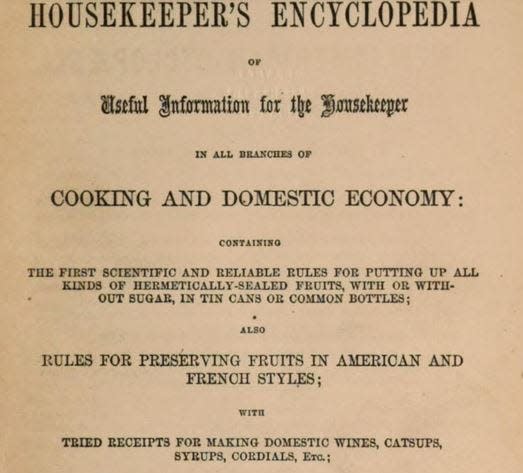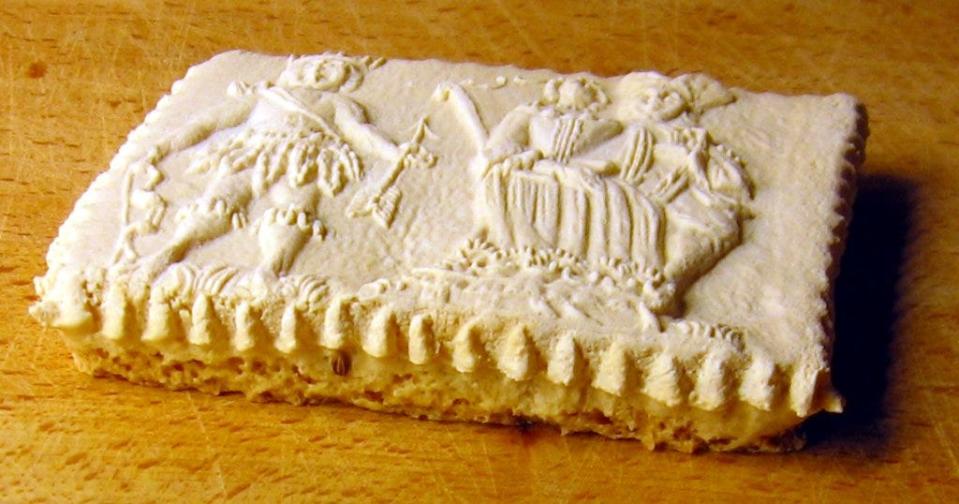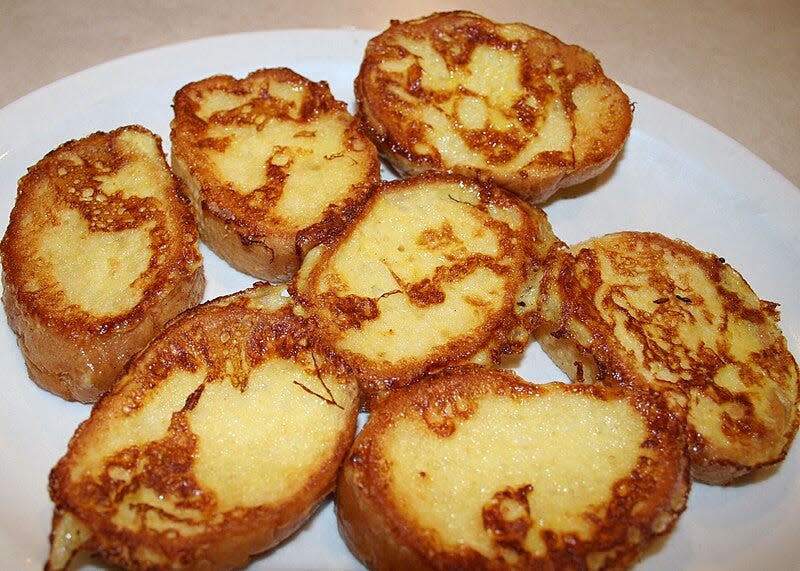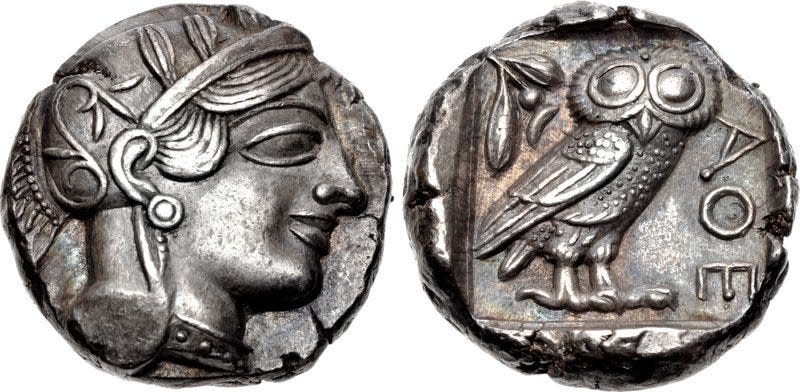Monroe's Haskell wrote 432-page 'Houskeeper's Encyclopedia' in 1861
As the project archivist for the Greening Nursery Company and Family Archives, I’ve written a great deal about patriarch John C.W. Greening and his arrival to Monroe in the middle part of the 19th century. His first job in Monroe was in the employ as gardener for Norman and Elizabeth F. Haskell. .C.W. Greening was joined by Fred Wagner, who worked for the Haskells as a teen (Wagner later worked for I.E. Ilgenfritz and, later, operated boot/shoe and mercantile businesses in Monroe).
Elizabeth Haskell’s extensive gardens and domestic operations were profiled by Suzanne Nolan Wisler of The Monroe News, first in 1999 and reprinted in 2017. Wisler highlighted some of the topics covered in the "Housekeeper’s Encyclopedia," one of the first domestic arts cookbooks of its kind published by Elizabeth Haskell in 1861 by the D. Appleton and Company, based in New York City with offices in London.

Previous Coverage: Elizabeth F. Haskell: Homemaker extraordinaire
In the book’s preface, Elizabeth Haskell discusses the importance of the domestic arts to young women and a reflection of their intelligence and ability. She wrote, “Ladies with cultivated minds should be not only more congenial companions and judicious mothers, but better housekeepers than those who have been less favored.” Elizabeth Haskell encouraged women to use their God-given abilities to become a successful domestic manager: “To become an intelligent housekeeper, a lady must acquaint herself with the laws of the human constitution, the qualities of provisions, and the mode of preparing healthy and at the same time, palatable dishes.”
Elizabeth Haskell pioneered techniques of hermetically sealed food (canning is an example of a hermetical seal), and her book claims to be the first place that these techniques were published. Also included in the book were tables of weights and measures commonly used at the time (examples include 16 drachmas = 1 ounce, 86 gallons = 1 barrel, and 4 pecks).

The "Housekeeper’s Encyclopedia" begins with tips for the young housekeepers and their household (which, in Elizabeth Haskell’s day, often included servants); the nutritional elements of food; general cookery; breakfast dishes and cold dinners; fruit (hermetically-sealed, preserved, dried, cooked, etc.); wines, brandies, vinegars, cordials, etc.; flavored vinegars, pickles, mangoes; gardening and insects; curing meats and dairy work; spring work for the housekeeper; sick-room remedies, infants, cooking for invalids. The book covered nearly 432 pages and included several pages of ads for other books published by the D. Appleton publishers, including "Poems" by Anne Whitney which sold for 75 cents; "Passing Thoughts on Religion," selling for 75 cents; and the "History of France from the Earliest Times to 1858" by Rev. James White (with cloth binding and selling for $2.

Interesting, yet simple recipes include several for milk toast and its variant, cream toast. It was probably a forerunner to French toast, as the ingredients, sans the egg, are the same. An egg toast recipe features a piece of toast, scrambled eggs and butter. Another interesting technique featured is candying – boiling flavored syrup and spreading it on sheets to bake in the oven. Flavors featured included molasses, maple sugar, lemon drops, sugar hearts and ice cream candy.

A recent installment of the "History in the Making: Recreating Historic Foods and Crafts" blog includes a recipe for German New Year’s Cookies (Springerle) derived from the "Housekeeper’s Encyclopedia." Springerle is a type of South German biscuit or cookie with an embossed design made by pressing a mold onto rolled dough and allowing the impression to dry before baking. This preserves the detail of the surface pattern. Monroe’s German immigrant community (including J.C.W. Greening and others) may have been the inspiration for the cookie’s inclusion.
Subscribe Now: For all the latest local developments, breaking news and high school sports content.
— Tom Adamich is president of Visiting Librarian Service, a firm he has operated since 1993. He also is project archivist for the Greening Nursery Co. and Family Archives and the electric vehicle awareness coordinator at Monroe County Community College.
This article originally appeared on The Monroe News: Monroe's Haskell wrote 432-page 'Houskeeper's Encyclopedia' in 1861

